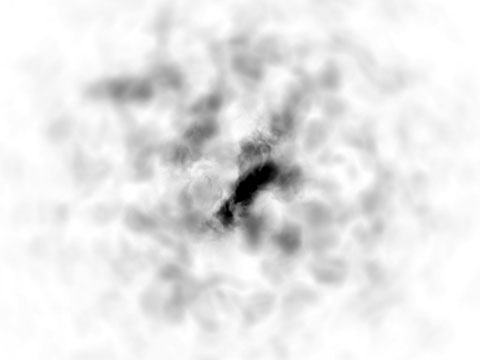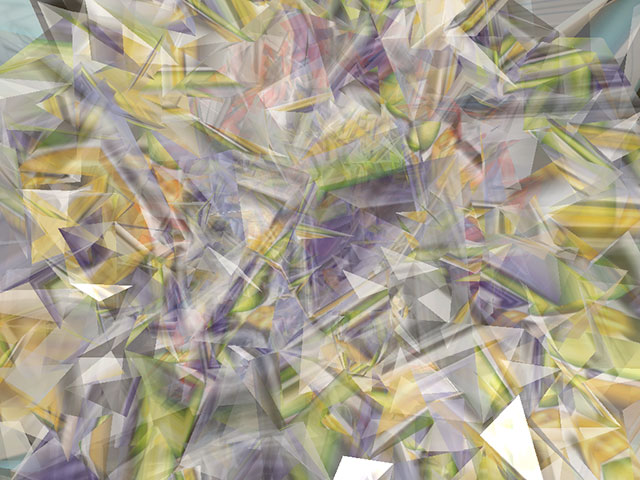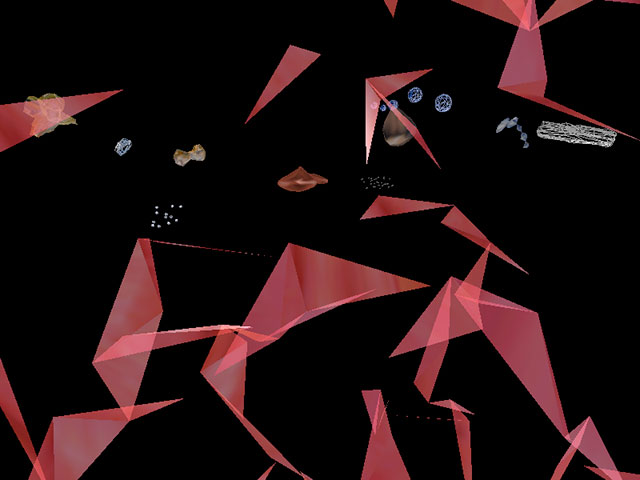2002
flussi
Interactive audiovisual environment
Stereo, 44 KHz, 16 bit
Black & White, XGA, 30 fps, 8 bit, Animation compression
2002
![]()
flussi has been created in the summer 2002 at C&CRS, Loughborough University, UK (now Creativity Cognition Studios at the Technology University, Sydney).
Audiovisual works often suffer of a common problem: the focus is spontaneously centered on images more than music. In order to create a more balanced work, the stream of events has to be reorganized, so that music gets as much importance as images. However, the perception of audiovisual events is indeed personal. As a consequence, flussi offers the user the chance of controlling this balance, by using each hand to balance audio and video respectively. The resulting images are video projected, while sound is output with traditional stereo speakers.
In flussi, QuickTime movies are coupled with QuickTime sounds, while the interaction is controlled by the user’s hands, their distance being detected by two infrared sensors. By moving each hand, the user can control the rate of each stream, video and audio. The whole environment is managed by a Max/MSP/Jitter patch.
flussi is made of a series of sequences, or modules. After the first module is done, the next one is executed and so on.
In each module there are 9 sounds and 4 videos already made. This is what happens:
For instance, a module can last 15 seconds. Sounds’ duration can be 3, 1, 2, 1, 3, 1, 1, 2, 1 seconds. Videos’ duration can be 4, 3, 5, 3 seconds.
If the sensor value is 2, then there are 9 sounds, if it is 1, 7 sounds, if it is 0, 5 sounds, if it is -1, 3, and if it is -2, 1 sound. For images: 2/4, 1/3, 0/2, -1/1, -2/0. In the “worst” case there is only 1 sound and no video, while in the “best” case there are all 9 sounds and 4 videos. And all the combinations in between.
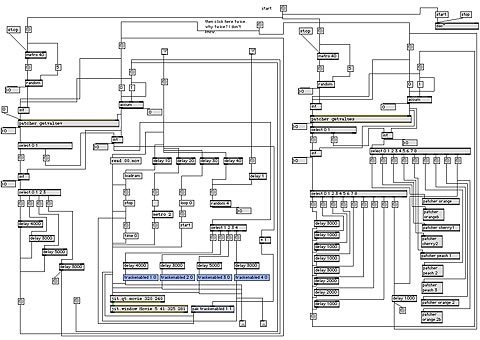
A screenshot of the patch’s final version
![]()
![]()
colori
Interactive environment
6.5 MB, variable length
Stereo, 44 KHz, 16 bit, Shockwave compression 64 kbits/sec
Color, SVGA, 25 fps, 24 bit
2002
System requirements:
Apple: OS 8.6 – OS X, G3 800 MHz, 128 MB RAM, 800 x 600 display, millions of colors, 32 MB VRAM, OpenGL 1.1.2, 8x CD-ROM drive.
Windows: 98-ME-NT-2000-XP, Pentium III 800 MHz, 128 MB RAM, 800 x 600 display, millions of colors, 32 MB VRAM, DirecX 5.2, 8x CD-ROM drive, DirectSound compatible card, speakers.
![]()
colori features an interactive 3D environment the user can explore. The work was conceived just after oggetti.
The world of colori is made of seven objects and seven sounds. Each sound is related to one object: as the user moves around, the sound changes accordingly, including stereo panning (Macintosh version only).
This work is related to the world of games. The interaction is based on a gamepad, a device that in fact is normally used in video games. This way anybody can use colori at home or on a journey.
At first the objects are mostly black and white and partially transparent. Moving to the very center of the inner object triggers a new view of the world: it becomes colorful and all sounds are produced together.
By clicking the mouse button while in color mode, the user can switch to another set of colors. Another click will switch back to the original set.
![]()
oggetti
Interactive environment
1.6 GB, variable length
Stereo, 44 KHz, 16 bit
Color, SVGA, 15/30 fps, 24 bit, Animation compression
2002
System requirements:
Apple: OS 8.6 – OS X, G3 800 MHz, 128 MB RAM, 800 x 600 display, millions of colors, 32 MB VRAM, OpenGL 1.1.2, 8x CD-ROM drive.
Windows: 98-ME-NT-2000-XP, Pentium III 800 MHz, 128 MB RAM, 800 x 600 display, millions of colors, 32 MB VRAM, DirecX 5.2, 8x CD-ROM drive, DirectSound compatible card, speakers.
![]()
You can watch a reduced version of this work. Only the interactive level is included: clicking on an object produces no result. Click here to download the Shockwave movie (4.2 MByte). Note: Apple Intel users need to open their browser with Rosetta.
oggetti features an interactive 3D environment composed of 18 abstract objects. Navigation and scene manipulation allow the user to create his own views. The user can dolly, pan and rotate the camera, as well as rotate and move each object. Clicking on each object triggers animated sequences and sounds.
The 3D objects appear as shaded, wireframed or rendered as points: shaded objects trigger animated sequences that represent the artist’s view of that object. Wireframed objects show animations that are totally abstract, while pointed objects represent sounds.
This work is inspired by flighs simulators and is my first attempt to use video game technology within an artistic framework.
![]()
![]()

oggetti a4
Digital print on photographic paper, mounted between two plexiglas layers
80 x 60 cm.
2002
![]()
This image is a still taken from one of the several animations shown in the interactive work oggetti.
![]()
![]()

oggetti a3
Digital print
A3+
2002
![]()
This image is a still taken from one of the several animations shown in the interactive work oggetti.
![]()
![]()

oggetti a0
Digital print
A3+
2002
![]()
This image is a still taken from one of the several animations shown in the interactive work oggetti.
![]()
![]()
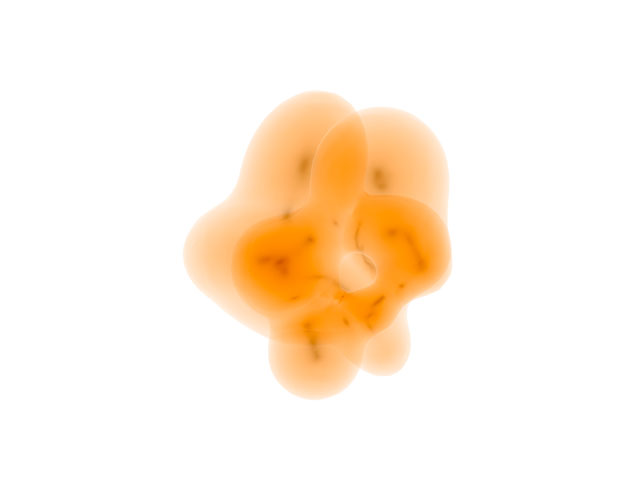
oggetti 0
Digital print on photographic paper, mounted between two plexiglas layers
80 x 60 cm.
2002
![]()
This image is a still taken from one of the several animations shown in the interactive work oggetti.
![]()
![]()
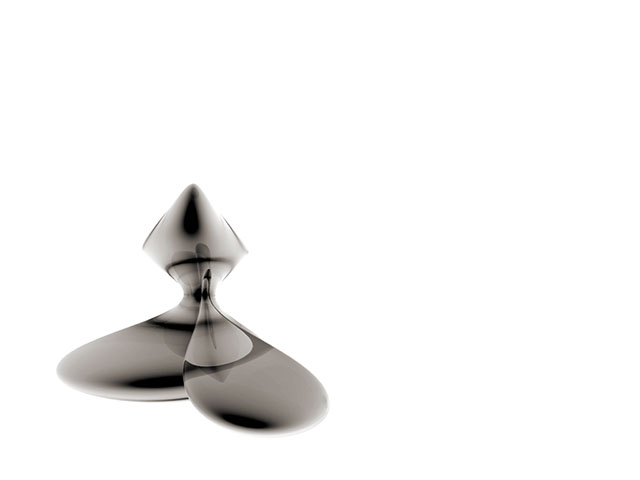
doppia goccia 2
Digital print on photographic paper, mounted between two plexiglas layers
100 x 75 cm.
2002
![]()
This image is a still taken from one of the several animations shown in the interactive work oggetti.
![]()
![]()
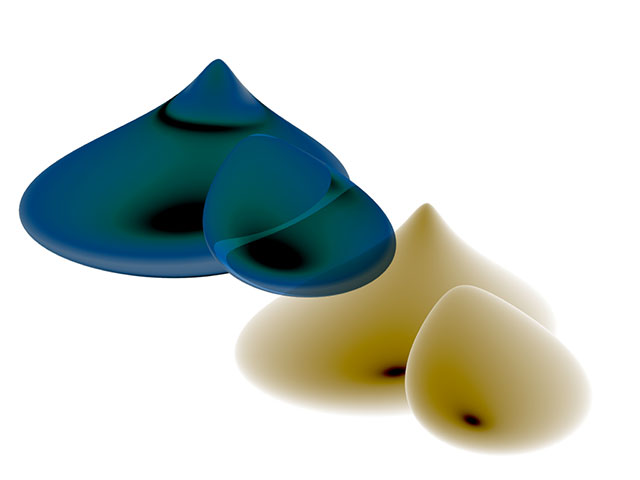
doppia goccia
Digital print on photographic paper, mounted between two plexiglas layers
100 x 75 cm.
2002
![]()
This image is a still taken from one of the several animations shown in the interactive work oggetti.
![]()
![]()

u
Digital image
2002
![]()
Top
![]()
